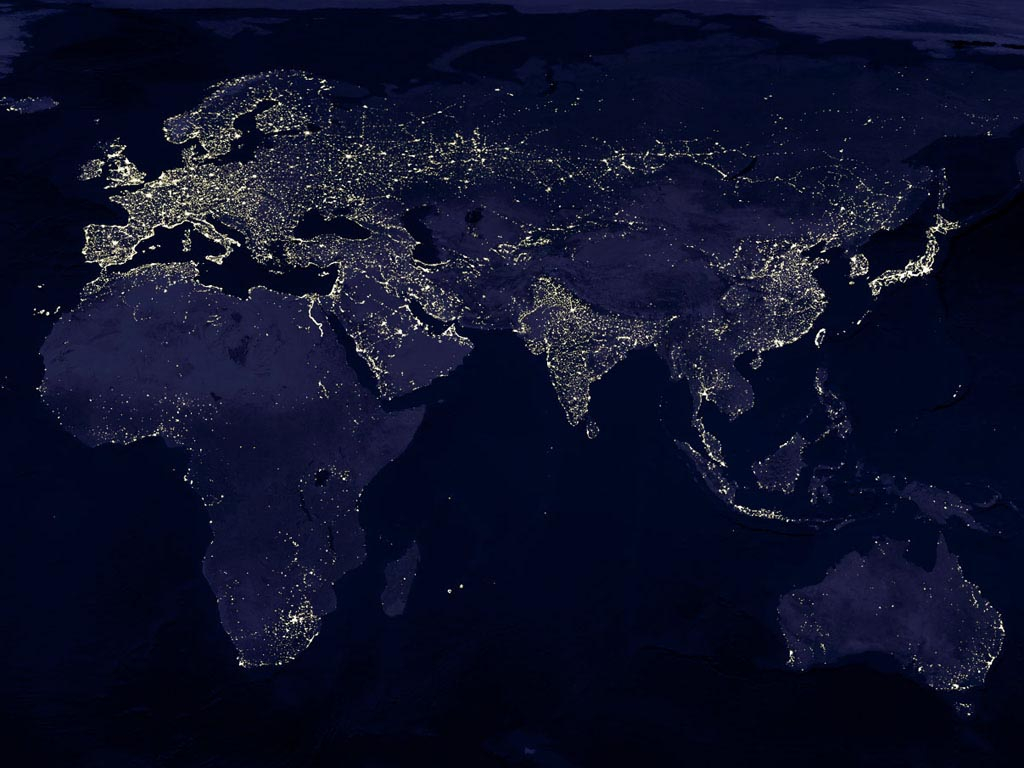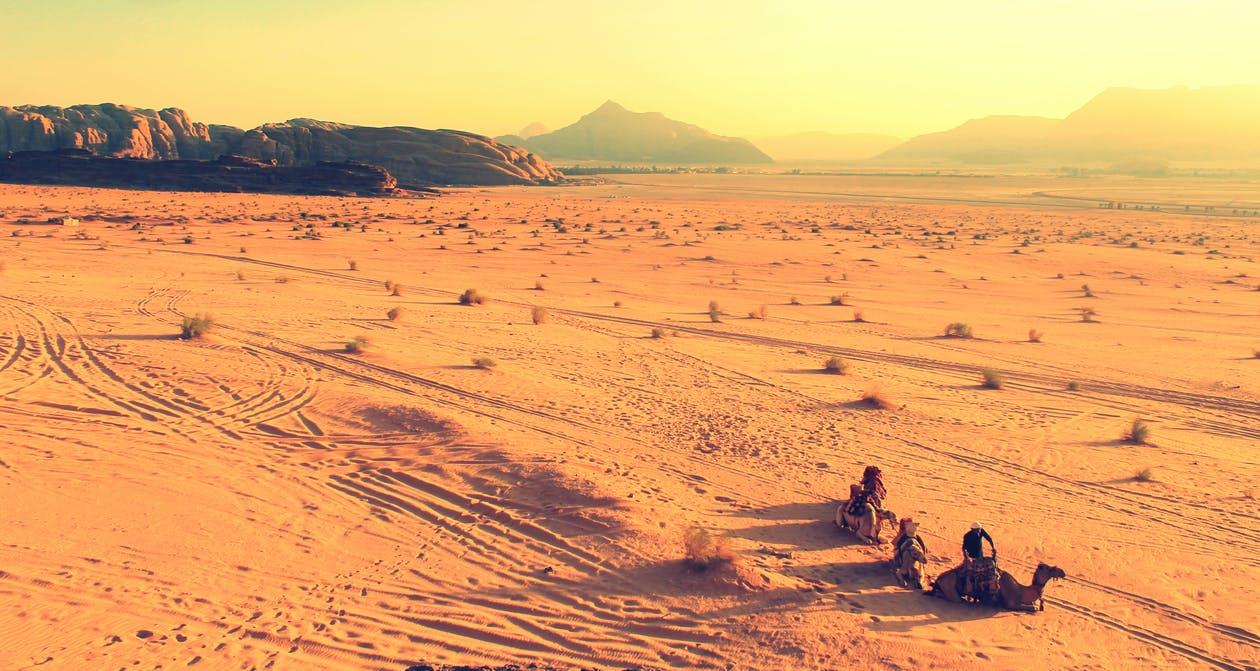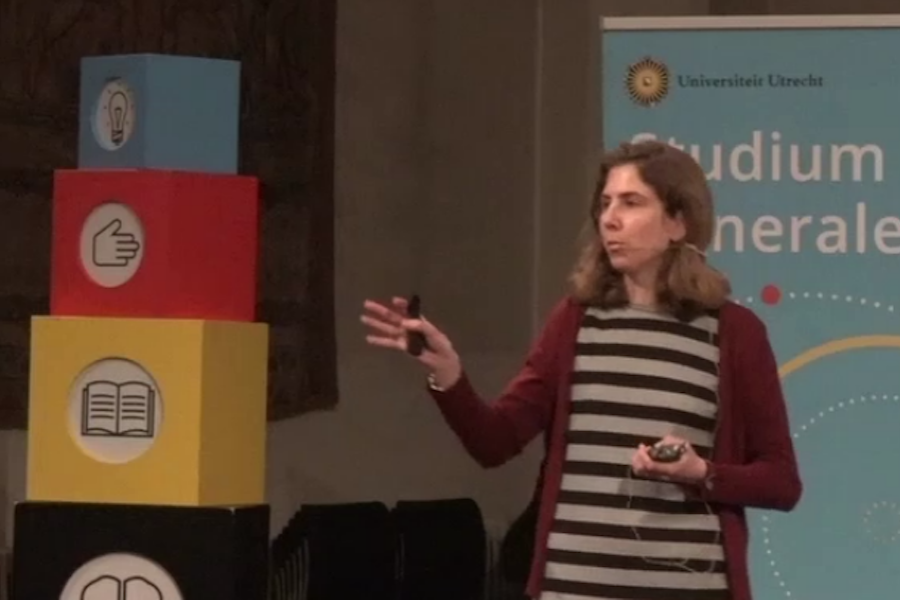Geography matters

When you are poor, it's hard to get out. You are less likely to get decent education, which means your chances of getting a job rapidly decline. Your children will have a hard time too. You are stuck. This can happen at an individual, but also at a regional or even a continental level. It's the definition of the poverty trap. Unless an external force interferes, countries will not be able to escape poverty themselves. Dr Julia Swart (Environmental and Resource Economics, UU) explains why being poor, most of the time means staying poor. But there is a way out.

Location is everything
In the academic world, there is no agreement about the fundamental factor that causes economic growth. The initial thought usually is to correct the institutions. The economy will thrive if the institutions in a country play fair and square. For instance, a good educational system that tries to include everyone, will benefit the nation's development in the long run. However, there is more to this story than institutions.
Swart explains why geography probably is the biggest cause of the poverty trap. To demonstrate the correlation between poverty and location, she shows a map. Norway, a country far away from the equator is very wealthy and thrives economically. Congo, on the other hand, is located near the equator and is very poor. This is not a coincidence. Swart explains why this is the case. Firstly, research shows that climate is an important factor in generating economic growth. For example, an average temperature of 22 degrees leads people to be more productive than an average temperature of 30 degrees. Precipitation is of a big influence too. Heavy seasonal rains or drought are detrimental to the soil, making it harder to farm. Secondly, it matters where the water is. Most of the economic activity is happening in coastal areas. 68% of the world's GDP is produced within 100 km of the sea. This is not a coincidence either, considering the fact that trade is key and transportation costs are lower when you are living near the sea. And lastly, there is the concentration of economy. If there is more economic activity near the sea than inland, human capital (people) will move there, increasing the economic activity again. Conclusion: we can hardly overestimate the influence of geography on development.
Of course geography is not the only factor. Swart also mentions culture as a possible influence on economic growth. But culture is a difficult issue for economists. For one, it is hard to quantify. But she is also aware of the sensitivity of this topic. Categorizing cultures in more and less productive ones, could easily be interpreted as a judgment on this culture.

The environment as a luxury good?
Poor people are also the most vulnerable. In the unfortunate case of an environmental disaster, they get hit the hardest. Again, because of their location. For example, people in Sub-Saharan Africa live far away from the ocean and the grasslands. Trade is therefore not a likely option to provide for themselves. They depend on agriculture and they will be the first to experience environmental change. If floods or extreme drought occurs, their main source of income is gone.
It's a vicious cycle: poor people live in places where they heavily depend on the environment, but the environment doesn't work in their favor. To make things worse, lots of them don't have the means to migrate to urban areas with higher economic activity. That's why poor people start depleting their own natural resources. They don't have anyhing else. According to Swart, this doesn't give poor countries a free pass to pollute: "The environment might by a luxury good, but it is a necessary good." Because poor people get struck first by environmental damages, they need help from outside. But how?
Green growth
Swart shows the possibilities for us to decrease the poverty rates in the future. Economic growth has to be in line with a more green perspective. Swart talks about 'green growth'. This means protecting natural capital to sustain improvements in material living standards and poverty reduction at low cost, thus stimulating growth. However, it is hard for developing countries to take up this green growth agenda, when there is poverty, bad institutions and income inequality.
The solution is to look at ways to reconcile green growth and poverty reduction with external assistance from developed countries. In order to succeed, we need to look in what conditions green growth favors the poor. There are three kinds of policies: 1. Policies that aim to change the prices of environmental capital. For instance, groundwater comes with a price that has to be paid for, but by taking this measure, you are hitting the poor people the hardest, so you have to compensate them. 2. Interventions that focus directly on environmentally less-damaging production processes. This means investing in water infrastructure. 3. Adaption and other resilience-enhancing investments. Because poor people will experience the damaging effects of environmental change the first, you have to provide them with tools to cope with the situation as it is. These policies can combine the reduction of poverty, whilst also taking the environment into consideration.












